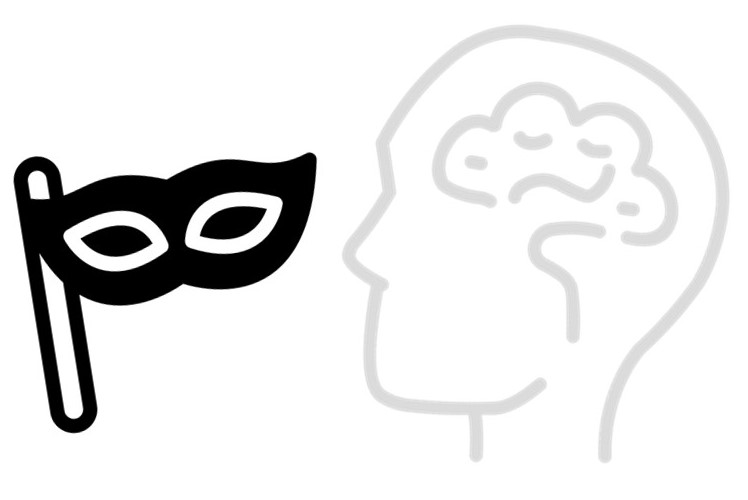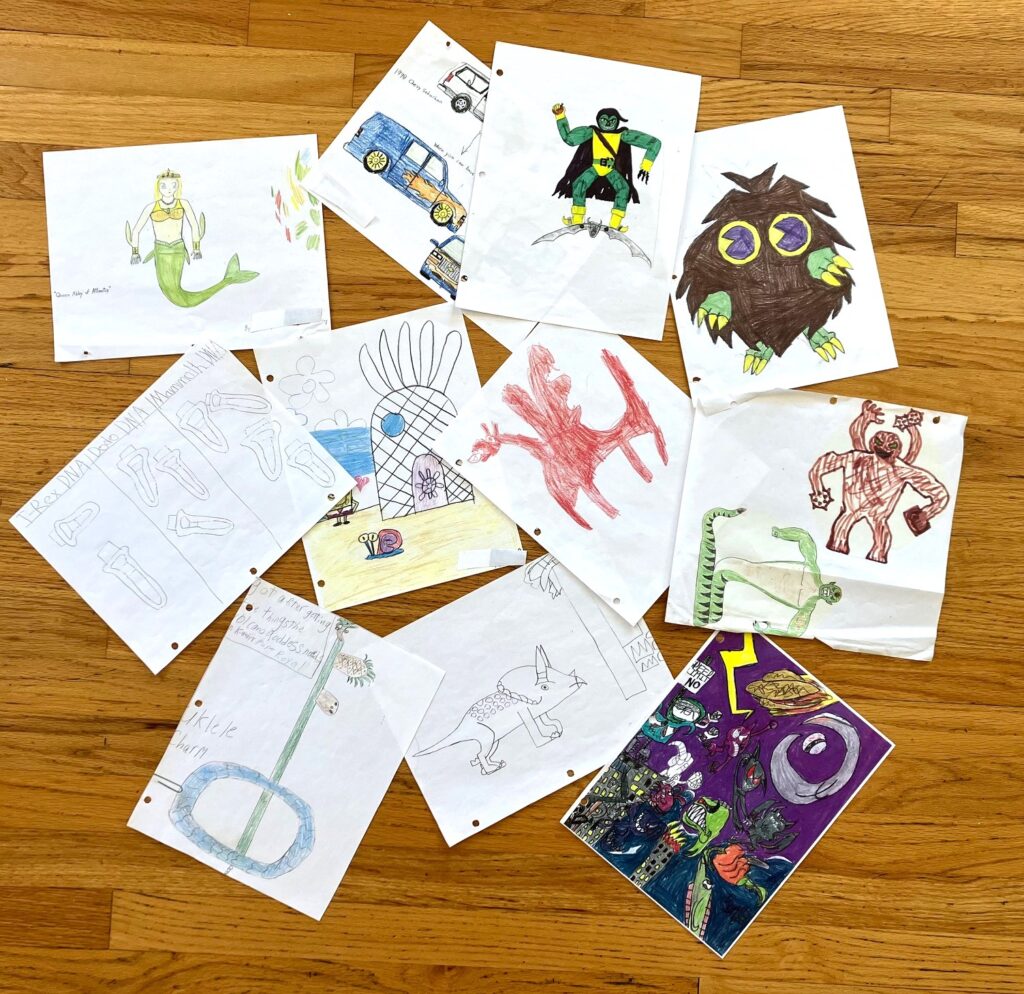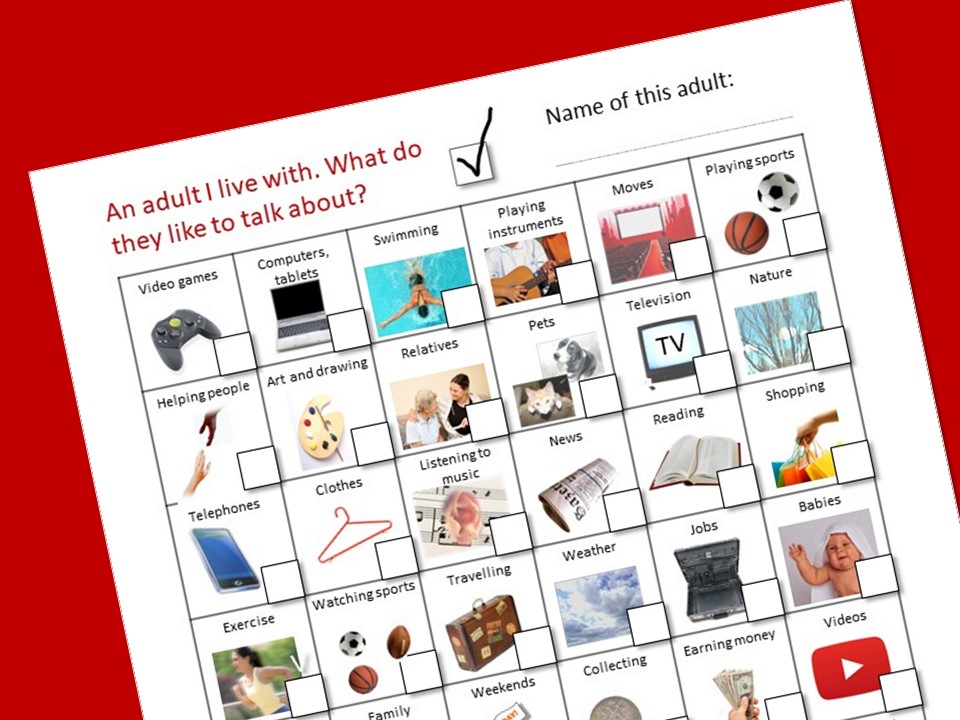Teachers and therapists working with young people on the autism spectrum face a dilemma.
While we are facilitating social survival by addressing certain patterns of behavior associated with autism, we must somehow, at the same time, help young people with ASD to value their essential autistic selves and to avoid excessive and harmful “social masking.”
Among professionals in mental health, speech and education, and particularly among autistic people themselves, there has been much useful discussion regarding social masking in recent years. There are important ramifications for professionals who are trying to help young people with ASD.
Validate the emotional strain of how “fitting in” can affect people with ASD.
The effort required to decipher and conform to social rules, and to suppress behavior such as public stimming, can be enormous for people with autism. Some experience depression and anxiety from this constant strain. In our classrooms and offices, we should all check in on this frequently. We may need to back off of some things we are asking the child to do, and develop more reasonable expectations. (Photo below is one page from Simplified CBT Worksheets for Children.)
Foster mutual tolerance, respect and accommodation.
Working with families and peer networks and families, we can all do a lot to foster forbearance. Interestingly, most of my own work over the years encouraging tolerance of “autistic” behavior has been helping young people with ASD to tolerate stimming, self-talk, and topic perseveration in other autistic youth with whom they attended social skills groups and my summer teen day camps.
This photo shows a collection of art by a number of attendees in one of my summer teen autism programs. My first objective was to get autistic peers to increase comfort revealing their own “obsessive” interests by drawing pictures proudly displaying those interests. The second objective was to get autistic youth to respect the preferred interests of their autistic peers instead of conveying negative judgment, disdain or annoyance, which I actually ran into a lot among autistic teens getting to know each other.
Working with families where there are autistic children, I promote the same kind of both-way respect.
- Parents of a child with a very strong interest in comic culture are encouraged by their family therapist to attend Comicon with her and to make a sincere effort to master some basic information about comic culture. This autistic child, in turn, would reciprocate by attending a football game occasionally with the parents (with accommodations for sensory issues).
- An autistic boy’s powerful interest in escalators is facilitated by the father taking him to various escalators in their city. The mother helps the boy access online communities devoted to appreciation of escalators. The boy, with help from his speech therapist, increases his repertoire of conversation topics with family members about things that interest them. (Photo below shows part of the Talk to Family free resource offered on this website).
Identify patterns of problematic thoughts associated with social masking.
Our young clients might become discouraged with their setbacks or slow progress in their social worlds. In psychotherapy, I have seen many young clients show intense negative thinking about themselves when their efforts to filter social expression of their autistic selves yield disappointing results.
It’s easy to see how some autistic people can develop jaded attitudes regarding society in general from the strain of social masking. Here is an example I found on social media:
I had a young autistic adult client who, after reading online about “autism burnout,” told me that that his own burnout from masking all the time was so severe that he should drop out out of therapy. I validated his distress and discouragement but also encouraged him to keep trying for a while, and he subsequently did noteworthy and successful work overcoming some of his social anxiety issues.
I like to point young people with ASD towards role models of fellow autistic people who aspire to a more nuanced attitude regarding social masking. These two quotes, also from social media, are good examples of developing a strategic and selective approach to masking.
Avoid unnecessary accommodations that may not actually be in the long term interest of the autistic person.
Here are some examples of averting social masking that seem to over-accommodate — at the expense of long-term social goals:
- High school teachers enable an autistic student’s fascination with Amtrak trains far in excess of the young man’s actual need for validation and appreciation. The student’s focus on academics and life skills work is adversely affected by the staff’s zeal to cater to the student’s predilections.
- A job coach, accompanying a young autistic man to his first part-time job, tells the man’s work supervisor that his client will require his lunch break to be never later than 11 am “or he’s gonna have a big meltdown.”
- A 12-year-old boy with a Santa fixation receives a Santa costume from his father and is encouraged to wear it on family summer outings to the local grocery and to a school picnic.
Allow and facilitate autistic people’s reasonable expression of what feels normal and natural to them.
At times, a little tolerance and understanding can go a long way.
- A couple summers ago, I was sitting in the outdoor portion of a brewpub near a large, outdoor fountain. I was pleased to see that a family there was encouraging their autistic son, about age ten, to enjoy verbally stimming and dancing around the fountain while they enjoyed drinking their beer.
- In my suburban neighborhood, our postal service letter carrier, who I assume is autistic, often talks quietly to himself while delivering mail. I am pleased to observe that my neighbors don’t seem to make a fuss about this and just let the fellow go about his work.
I hope that some of this discussion is helpful to you in your own work, as a therapist, teacher or parent, in determining helpful ways to address social masking.
Joel Shaul, LCSW







